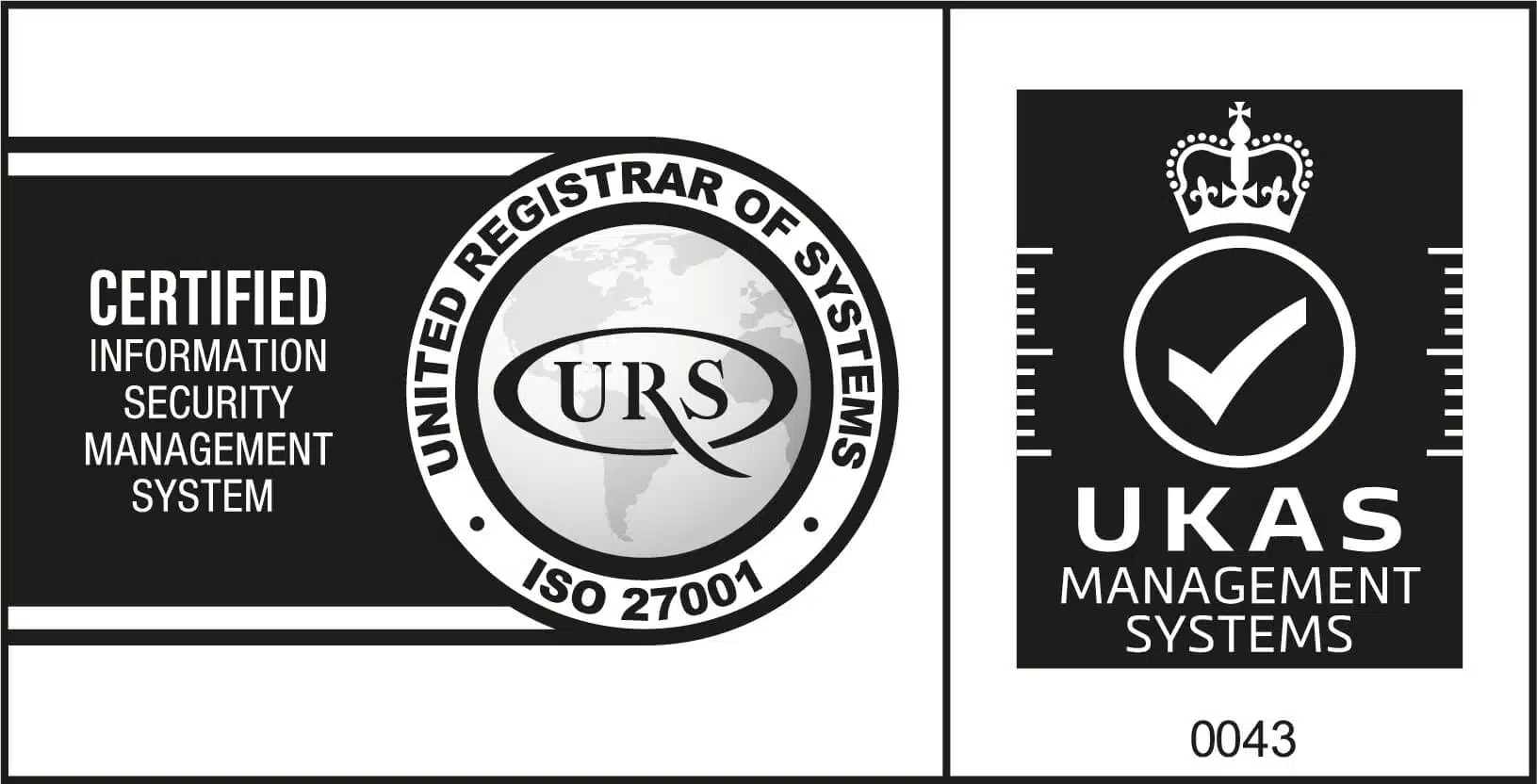By Robin Mess, CEO, big xyt
MiFID II offers a fresh start for business relationships in capital markets. By reframing the way in which dealers and trading venues seek to manage and match client trades it is implicitly changing where buy-side firms choose to route and execute their orders.
A new framework
The new directive, and its sister regulation MiFIR, have established a new regulatory framework for trading venues by categorising any trading mechanism as either a regulated market (RM), multilateral trading facility (MTF), organised trading facility (OTF) or systematic internaliser (SI). This framework determines how each category can process trades, who may interact with those orders, how much pre-trade disclosure of orders is permitted, and how – and to whom – transactions are reported afterwards.
Although a great deal of work had been conducted up to the 3 January 2018 deadline, preparations have since been thrown off somewhat by last minute changes to the rules. A cap on the volume of trading conducted in the dark was expected in January, but delayed by the European Securities and Markets Authority (ESMA) for three months, reportedly because ESMA had seen reports on just 2% of the expected amount of securities. The necessity to use legal entity identifiers (LEIs) for all trades was also pushed back.
Effectively finding liquidity
These delays may have bought firms time if they were unprepared, but they also impact the expected ways that orders will need to be worked. Opportunities are therefore now arising for firms to more effectively find liquidity for their clients by accurately tracking where orders are being routed. Mapping volume and liquidity in such a fluid environment can deliver real returns, which best execution reporting – another key element of MiFID II – will validate. Firms that can provide a confident picture of the market to their clients therefore can cement relationships and gain a real competitive advantage over brokers and service providers that cannot offer such certainty.
Additionally, when the aforementioned dark pool caps do come into force, pre-trade order disclosure on a trading venue will be subject to further change, depending on factors such as trading volumes and order sizes. As a result, execution decision-making will be tested constantly, so the ability to provide quantitative and qualitative evidence to support that decision-making will win the confidence of clients.
For all of the preparation time, dealers and venues still have a real opportunity to prove themselves in this new landscape, but any false steps in navigating this terrain could have serious consequences for firms. It is therefore incumbent upon them to have the necessary tools in place to assess the quality of available liquidity and where that liquidity is to be found.
Certainty
To compete, trading desks need to be able to map the liquidity picture on a continuous basis. However, putting that picture together is not easy. Data must be sourced, assessed, cleaned and presented in such a way that allows the trader to make sense of it.
That will require that firms either invest in proprietary research and development to build their own tools, or engage with best-of-breed providers who are able to support service provision straight away.
Following the spirit of the new rules will require firms to support their clients with a transparent and easily understood decision-making process for order execution. The benefits of getting this right are clear. By becoming the ‘go-to’ firm for well-supported routing and execution, a broker or venue can build its relationship for reliability.
And in a period of disruption, certainty wins business.

